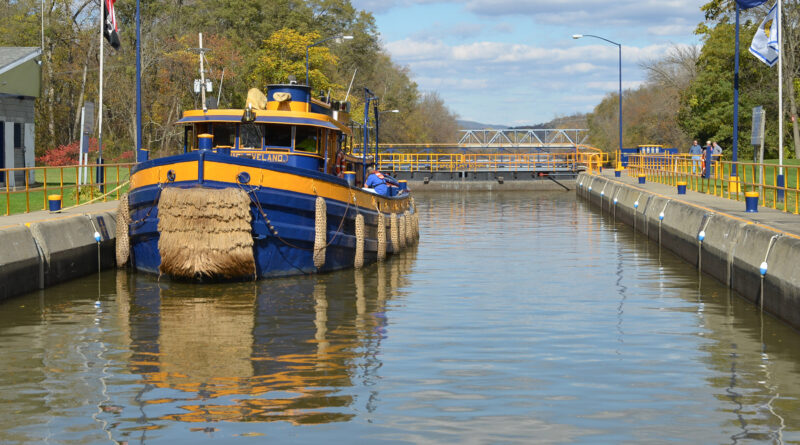Erie Canal’s bicentennial Celebration
The Erie Canal, completed in 1825 after eight years of construction at a cost of just over $7 million (roughly $230 million today), was a transformative infrastructure project connecting Buffalo to Albany, New York. Governor DeWitt Clinton famously celebrated the canal’s completion with the “Wedding of the Waters,” pouring Lake Erie water into the Atlantic Ocean. The canal was driven by economic need, inspired by Jesse Hawley’s essays advocating for improved transport of goods and authorized by the Canal Act of 1811. Its construction involved complex engineering challenges, including elevation changes and diverse terrain, making it a pioneering project for civil engineering in the young United States.
Beyond its immediate economic impact, the Erie Canal became a practical training ground for engineers, influencing the founding of Rensselaer Polytechnic Institute and advancing the field in America. Workers invented new tools and techniques for clearing trees, removing stumps and navigating difficult landscapes. The canal’s success accelerated trade, contributed to New York City’s rise as an economic hub and continues to serve as a testament to early American ingenuity. Experts today view the project as an enduring example of problem-solving, practical design and the importance of understanding the purpose behind infrastructure.




